Antarctica Tours: Explore the Last Frontier
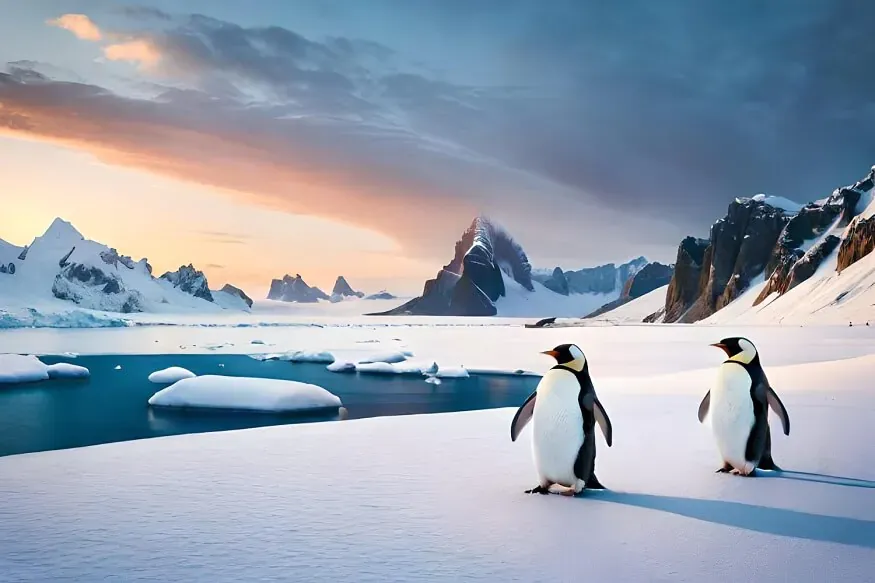
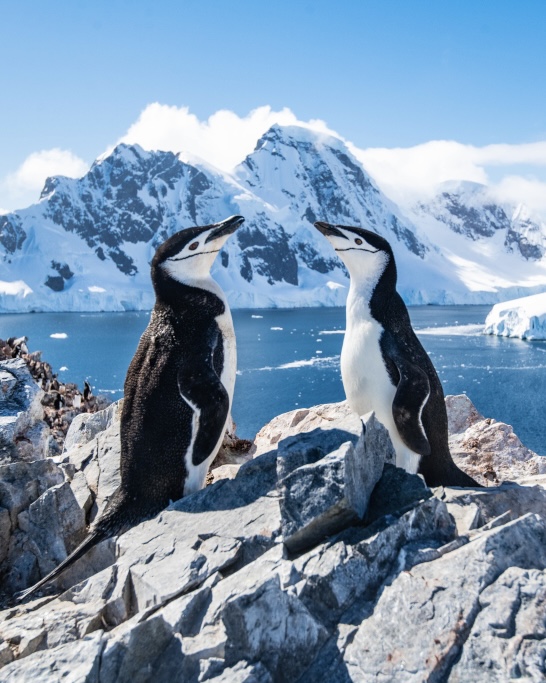
Join Our Next Antarctica Expedition
Spots are limited and fill up fast! Don’t miss your chance to explore the untouched wilderness of the White Continent, where towering glaciers, stunning wildlife, and endless adventure await.
👉 Reserve Your Spot Today and experience the trip of a lifetime.
See you on the ice!
Antarctica, the southernmost continent, is a realm of unparalleled beauty and mystique. Known as the last frontier, it offers an untouched wilderness that few have the privilege to witness. The vast, icy expanses and unique ecosystems create a journey unlike any other, drawing adventurers, scientists, and dreamers alike.
An Antarctic expedition is more than a tour; it’s an immersion into one of the planet’s most remote and pristine environments. From towering glaciers to thriving penguin colonies, this destination offers a profound connection to nature and a glimpse into the extraordinary.
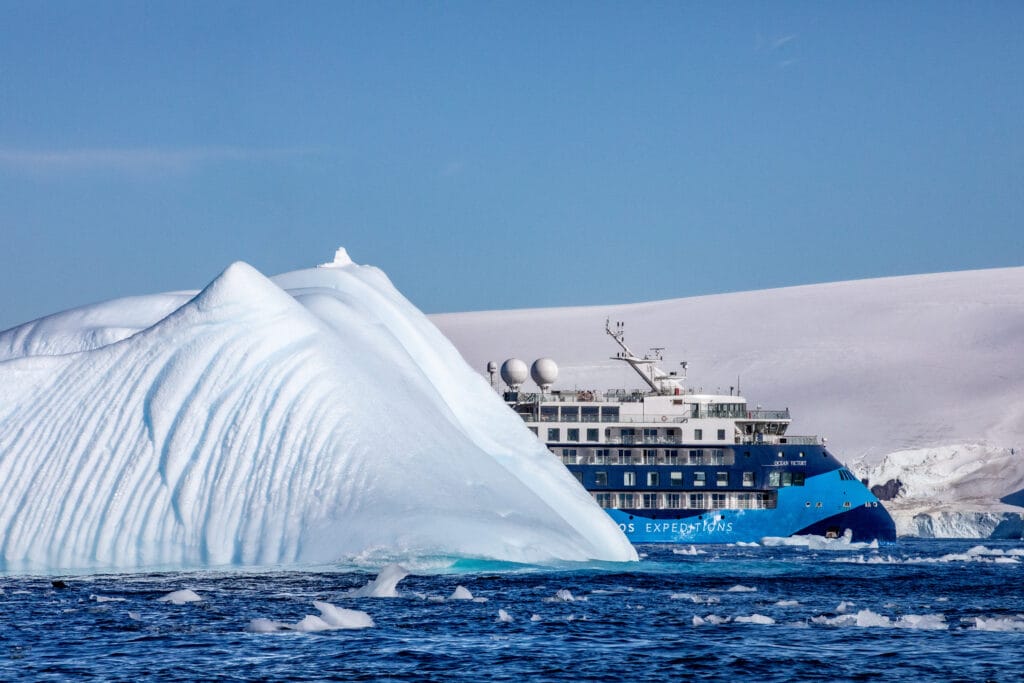
Understanding Antarctica
The Geography of Antarctica: Ice, Mountains, and Oceans
Antarctica is a land dominated by extremes. Covering an area of 14 million square kilometers, it’s home to 90% of the world’s ice and 70% of its freshwater. Beneath this icy expanse lie rugged mountain ranges, some reaching over 16,000 feet. Surrounding the continent is the Southern Ocean, whose currents play a crucial role in regulating the Earth’s climate.
Wildlife of the White Continent: Penguins, Seals, Whales, and Birds
Antarctica’s wildlife thrives in its harsh conditions. Emperor and Adélie penguins waddle across the ice, while seals, including Weddell and leopard seals, bask on frozen shores. Whales such as humpbacks and orcas breach the icy waters, and seabirds like albatrosses soar above, riding the relentless polar winds.
The Role of Antarctica in Climate Science and Global Ecology
Antarctica is not just a pristine wilderness—it’s a critical component of Earth’s climate system. Its ice sheets reflect solar radiation, and its ocean currents distribute heat and nutrients globally. For scientists, it’s a living laboratory, revealing insights into climate change through its ancient ice cores and fragile ecosystems.
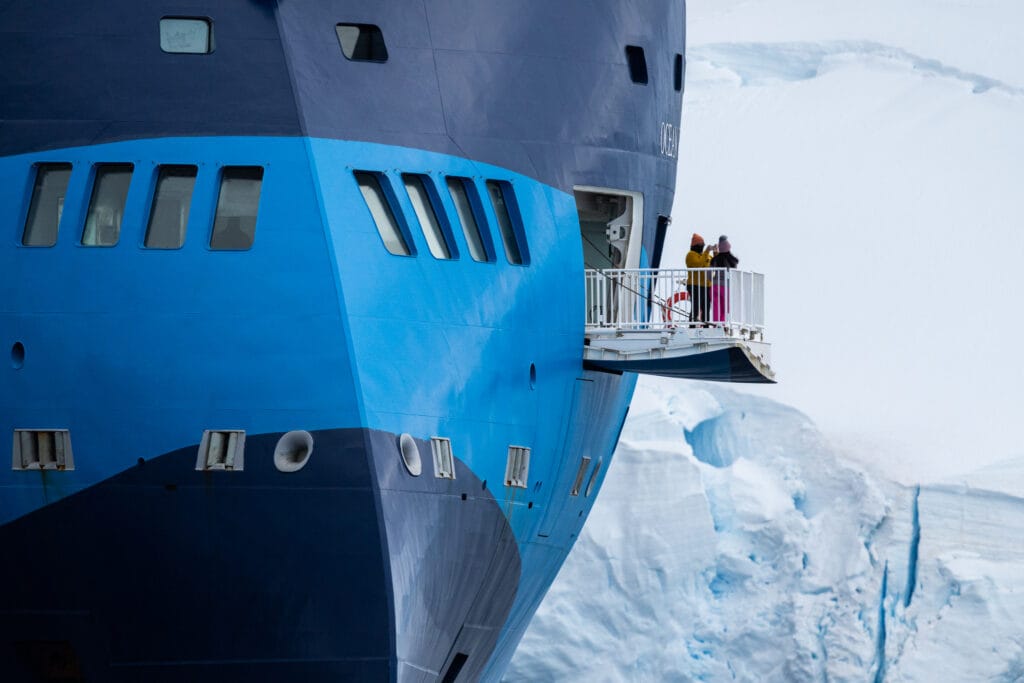
The History of Antarctic Exploration
Pioneers of the Frozen Continent: Shackleton, Amundsen, and Scott
The history of Antarctica is one of daring exploration. Roald Amundsen became the first to reach the South Pole in 1911, while Ernest Shackleton’s harrowing endurance expedition remains a testament to human resilience. Robert Falcon Scott’s tragic journey underscores the continent’s unforgiving nature.
Transitioning from Heroic Expeditions to Modern Tourism
What was once the domain of explorers is now accessible to intrepid travelers. Advances in technology and transportation have transformed Antarctic exploration into a sustainable tourism industry, allowing people to experience the continent’s majesty firsthand.
The Rise of Sustainable Travel in Antarctica
Strict environmental guidelines, such as those outlined in the Antarctic Treaty, ensure that tourism doesn’t compromise the continent’s fragile ecosystems. Operators prioritize low-impact practices, balancing accessibility with preservation.
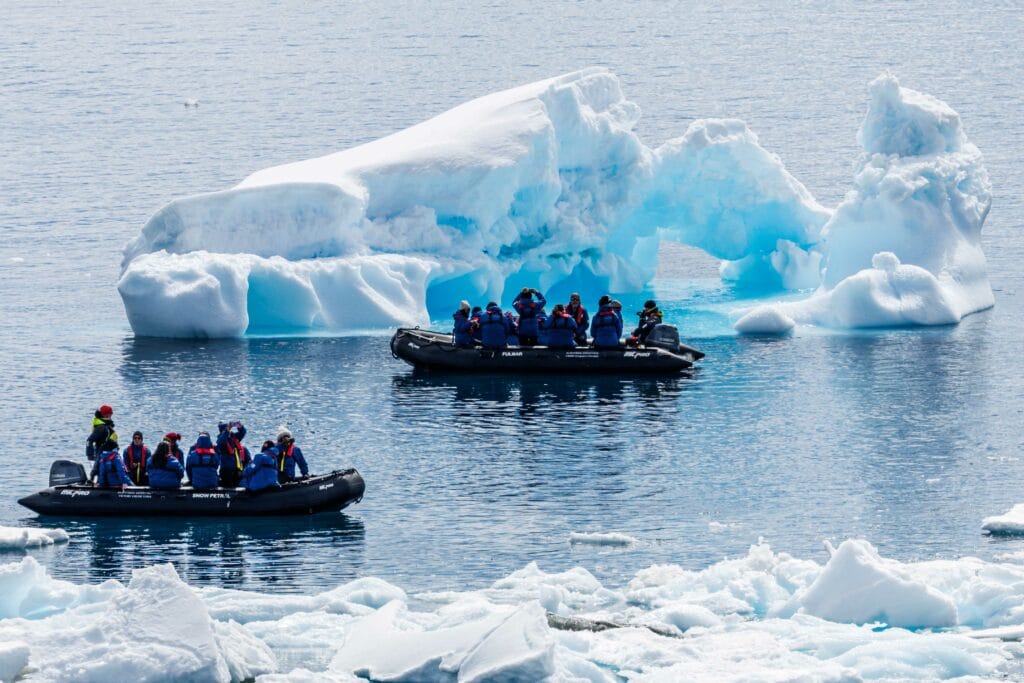
Planning Your Antarctic Tour
Best Times of the Year to Visit Antarctica
The Antarctic travel season runs from November to March, during the austral summer. This is when wildlife is most active, and the ice is navigable, offering unparalleled opportunities for exploration.
How to Choose the Right Tour Operator for Your Adventure
Selecting a reputable operator is crucial. Look for companies with a strong commitment to sustainability and knowledgeable guides who enhance your understanding of Antarctica’s unique environment.
Understanding the Different Types of Tours: Cruises, Fly-In Expeditions, and Land-Based Treks
From luxury cruises to fly-in expeditions, Antarctic tours cater to a range of preferences. Cruises offer comfort and comprehensive itineraries, while fly-in options skip the Drake Passage. For the adventurous, land-based treks provide immersive experiences.
Packing for Antarctica
Essential Clothing for Extreme Cold: Layering and Protection
Layering is key to staying warm. Base layers for insulation, mid-layers for warmth, and waterproof outer shells protect against the elements. Don’t forget insulated boots and gloves.
Must-Have Gear for Photography and Wildlife Observation
A good camera with a telephoto lens is essential for capturing wildlife. Binoculars, spare batteries, and weatherproof cases ensure you’re prepared for the conditions.
Health and Safety Essentials for an Antarctic Expedition
Pack sunscreen to protect against UV rays reflecting off the ice, a first-aid kit, and motion sickness remedies for the Drake Passage crossing.
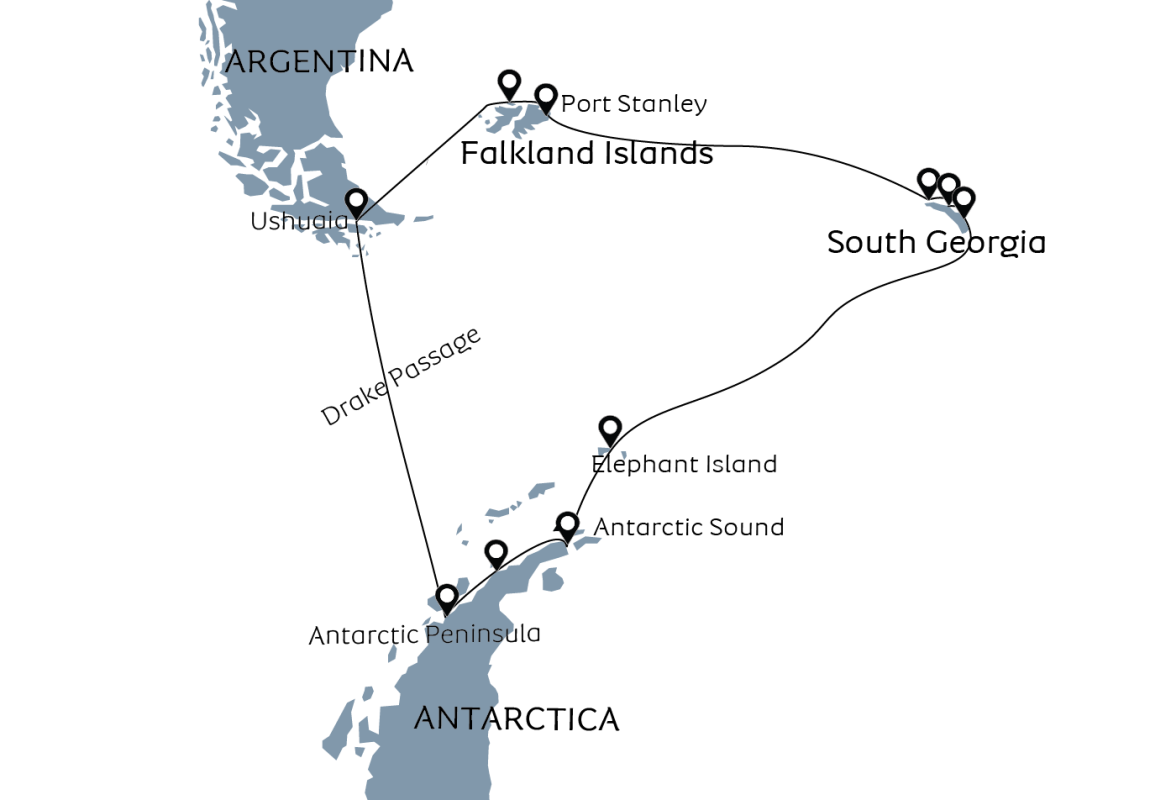
Traveling to Antarctica
Departing from South America: Gateways in Argentina and Chile
Most Antarctic tours depart from Ushuaia, Argentina, or Punta Arenas, Chile. These ports serve as gateways to the Southern Ocean and the start of your journey.
Fly-In Options: Bypassing the Drake Passage
For those who prefer to avoid the turbulent Drake Passage, fly-in tours provide a direct route to Antarctica, landing on its icy shores.
Understanding the Drake Passage: What to Expect During the Crossing
The Drake Passage, where the Atlantic and Pacific Oceans converge, is known for its rough seas. It’s a rite of passage for many travelers, offering dramatic views and the thrill of crossing into polar waters.
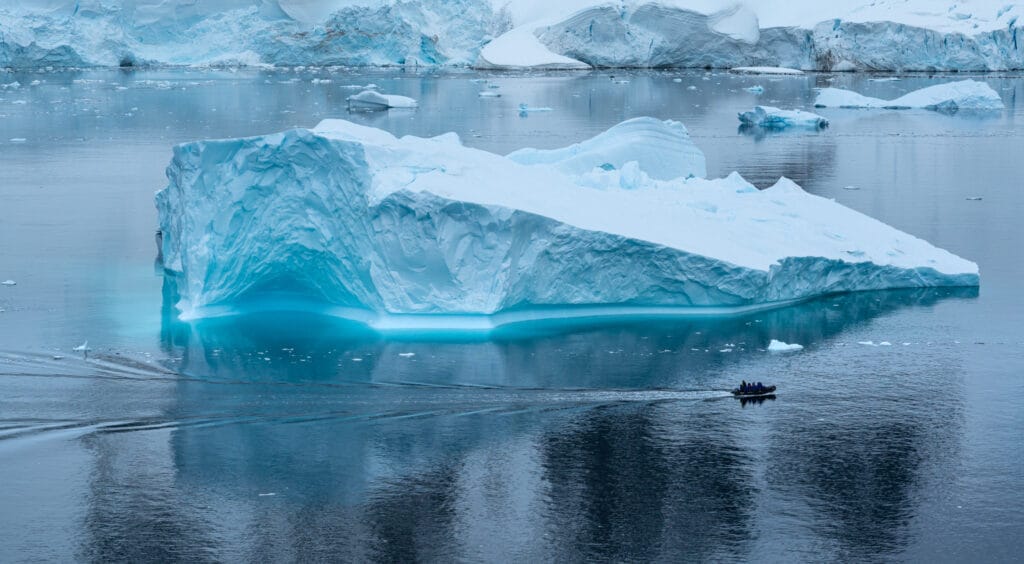
Exploring the Ice
Navigating the Frozen Seas: Icebreakers and Expedition Ships
Specialized icebreaker ships allow safe navigation through thick sea ice. These vessels are equipped for adventure, combining rugged capability with comfortable amenities.
Zodiacs and Kayaking: Intimate Experiences with the Icy Landscapes
Zodiac boats bring you close to towering glaciers and icebergs, while kayaking offers a serene, immersive way to explore Antarctica’s frozen beauty.
The Allure of Glaciers and Icebergs: Nature’s Sculptures
Antarctica’s ice formations are mesmerizing. Icebergs, ranging from crystal-clear to sapphire blue, drift through the waters, while glaciers calve into the ocean, creating thunderous displays.
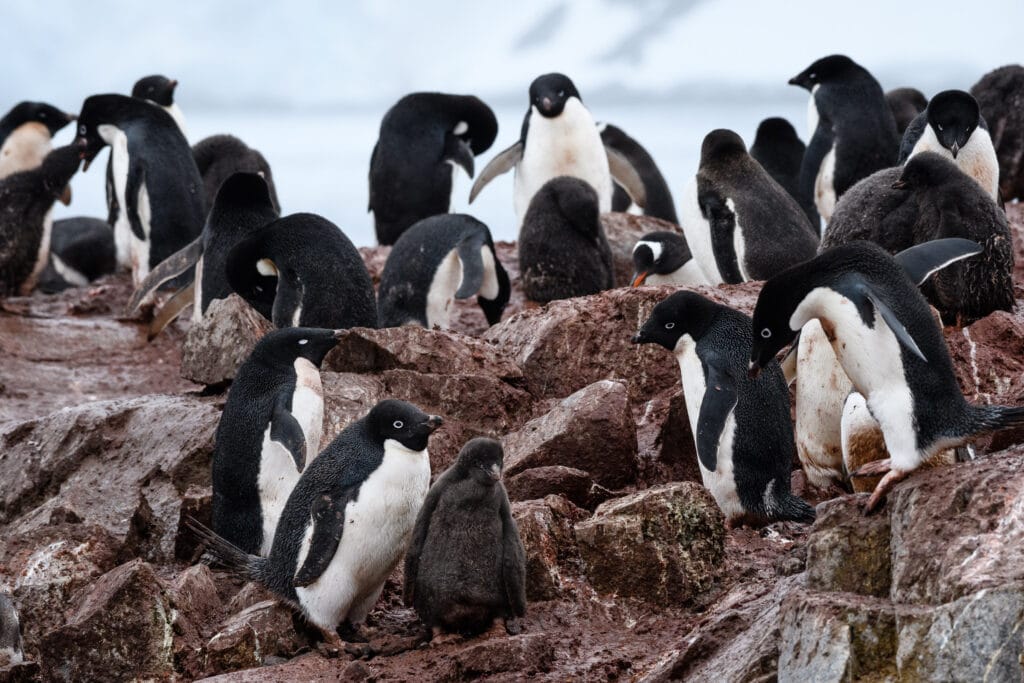
Wildlife Encounters
Observing Penguins: Colonies of Emperor, Adélie, and Gentoo Penguins
Penguin colonies are bustling with life, offering endless opportunities to observe their behaviors, from nurturing chicks to diving into the frigid sea.
Spotting Seals: Weddell, Leopard, and Crabeater Seals
Seals lounge on the ice or hunt in the waters. Leopard seals, with their fierce appearance, contrast with the more placid Weddell and crabeater seals.
Whale Watching: Humpbacks, Orcas, and Minke Whales
Antarctica’s waters are rich with marine life. Spotting a humpback breaching or an orca pod hunting is an unforgettable highlight.
Antarctica’s timeless appeal lies in its ability to evoke wonder, respect, and a sense of connection to the natural world. As you explore its pristine landscapes and vibrant wildlife, you become a steward of the last frontier, ensuring its preservation for future generations.
Wander Expeditions
Our Selection Process takes only 10 minutes and it helps us create the best travel family!
APPLY NOW
